Ron Wayne: Apple’s forgotten founder who walked away
Ron Wayne co-founded Apple, then left just 12 days later. Discover why he walked away and the lessons behind this iconic tech what-if story.


Imagine being one of the three founders of tech giant Apple, only to sell your stake for $800 just days later.
That’s exactly what Ron Wayne did in 1976, a decision that would later become one of the biggest "what-ifs" in tech history!
While Steve Jobs and Steve Wozniak became big business leaders, Wayne faded into obscurity. But his story is far more than just a missed fortune.
So, who was Ron Wayne, and why did he leave Apple before it became a trillion-dollar giant? Let’s unravel the story behind the forgotten Apple founder.
The third apple: Ron Wayne’s role in founding Apple

In 1976, Steve Jobs and Steve Wozniak were young, ambitious, and full of big ideas, but they needed an "adult in the room."
That's where Ron Wayne, a 41-year-old engineer, met co-workers Jobs and Wozniak while working at Atari.
With a background in technical drafting and a failed slot machine venture behind him, Wayne was the steady hand Jobs and Wozniak needed to formalise their partnership.
On April 1, 1976, the trio signed an agreement. Jobs and Wozniak each got 45% of Apple, while Wayne received 10% partly as a tie-breaker in disputes.
Now, Wayne wasn’t just an ordinary paperwork guy. In the little time he spent with the company, he:
- Drafted Apple’s first partnership agreement
- Designed Apple’s original logo, a detailed sketch of Isaac Newton under an apple tree.
- Wrote the Apple I Operations Manual, ensuring early adopters could use the machine.
But just 12 days later, Wayne walked away.
Why did Ron Wayne leave Apple?
In a 2016 television interview, Ron Wayne explains why he left Apple so quickly.
1. Fear of financial ruin
Wayne had been burned before. His slot machine business had collapsed, leaving him in debt. When Apple landed its first big order of 50 computers from The Byte Shop, Jobs borrowed $15,000 to fulfil it. But rumours swirled that The Byte Shop was slow to pay.
As a partner, Wayne was personally liable for Apple’s debts. Unlike Jobs and Wozniak (who had little to lose), Wayne owned a house, a car, and savings, all at risk if Apple failed.
2. Felt undershadowed by 2 giants
Jobs and Wozniak were "whirlwinds," obsessed with pushing boundaries. Wayne, older and more cautious, felt out of place. While Ron liked the venture idea, he felt he would not get a project for himself. "It was like having a tiger by the tail," he later said.
3. He simply wasn’t passionate about computers
Wayne loved engineering, but his heart was in slot machines, not circuit boards. He saw Apple as a business opportunity, not his life’s work.
So, he sold his 10% stake for just $800. A year later, he took another $1,500 to waive all future claims.
Had he stayed? That stake could’ve been worth $345 billion as of 2024, according to Yahoo Finance.
Lessons from Ron Wayne’s story
1. Risk isn’t for everyone
Wayne’s caution cost him billions, but it also spared him potential disaster. Not every bet pays off.
2. Success isn’t just money
Wayne valued stability over Silicon Valley chaos. After all, being a part of a startup is a tumultuous journey.
3. Hindsight is 20/20
In 1976, Apple was just another garage startup. Nobody knew it would change the world.
The forgotten founder’s legacy
Ron Wayne’s story isn’t only about the fortune he missed, it’s about choices, consequences, and contentment. While Steve Jobs and Wozniak built an empire, Wayne chose peace of mind. So next time you see an Apple logo, remember, before the bitten apple, there was Newton under a tree and the man who drew it, then walked away.






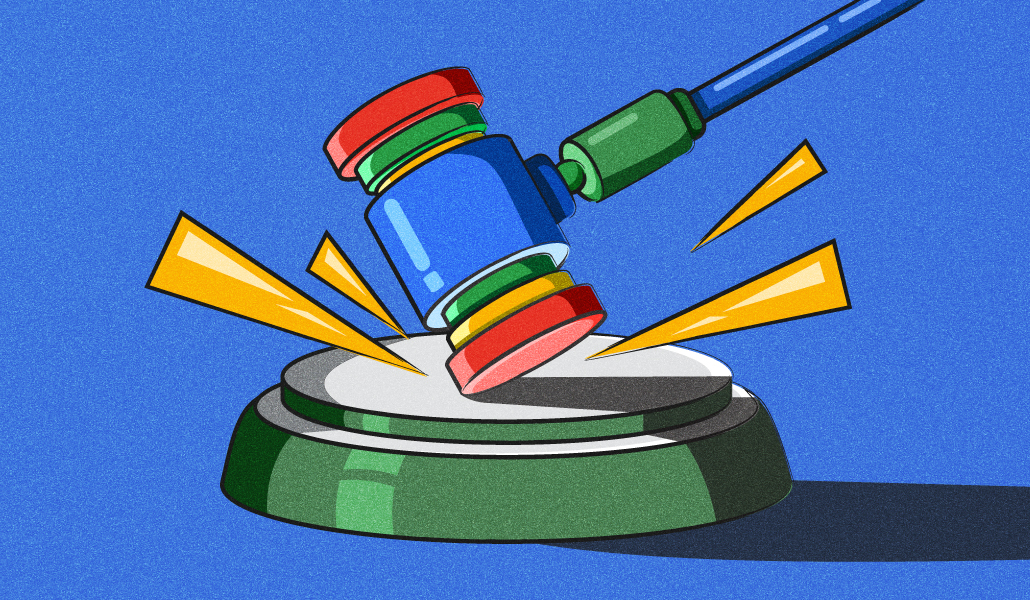

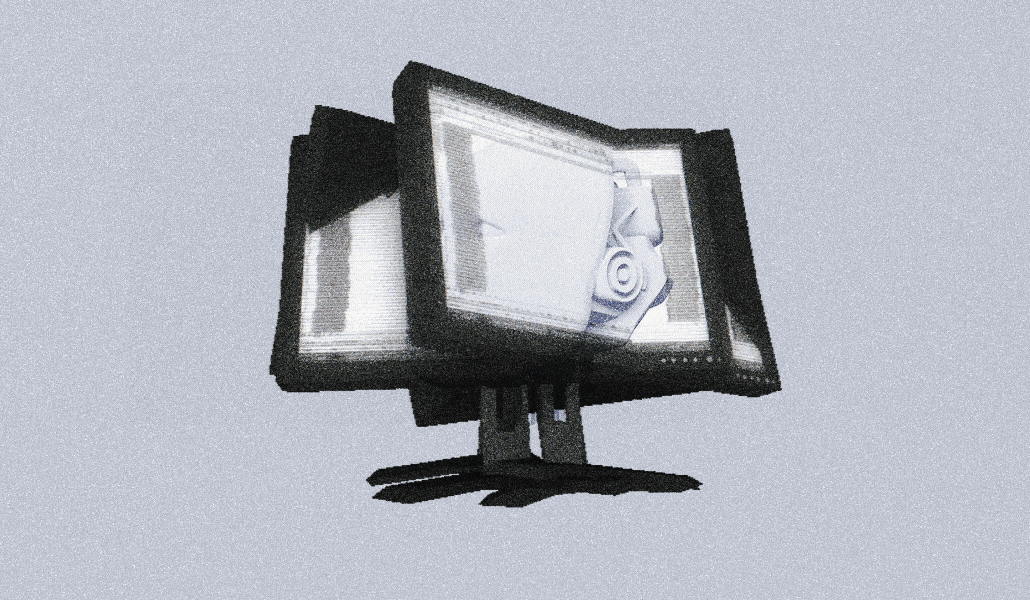



![31 Top Social Media Platforms in 2025 [+ Marketing Tips]](https://static.semrush.com/blog/uploads/media/0b/40/0b40fe7015c46ea017490203e239364a/most-popular-social-media-platforms.svg)

























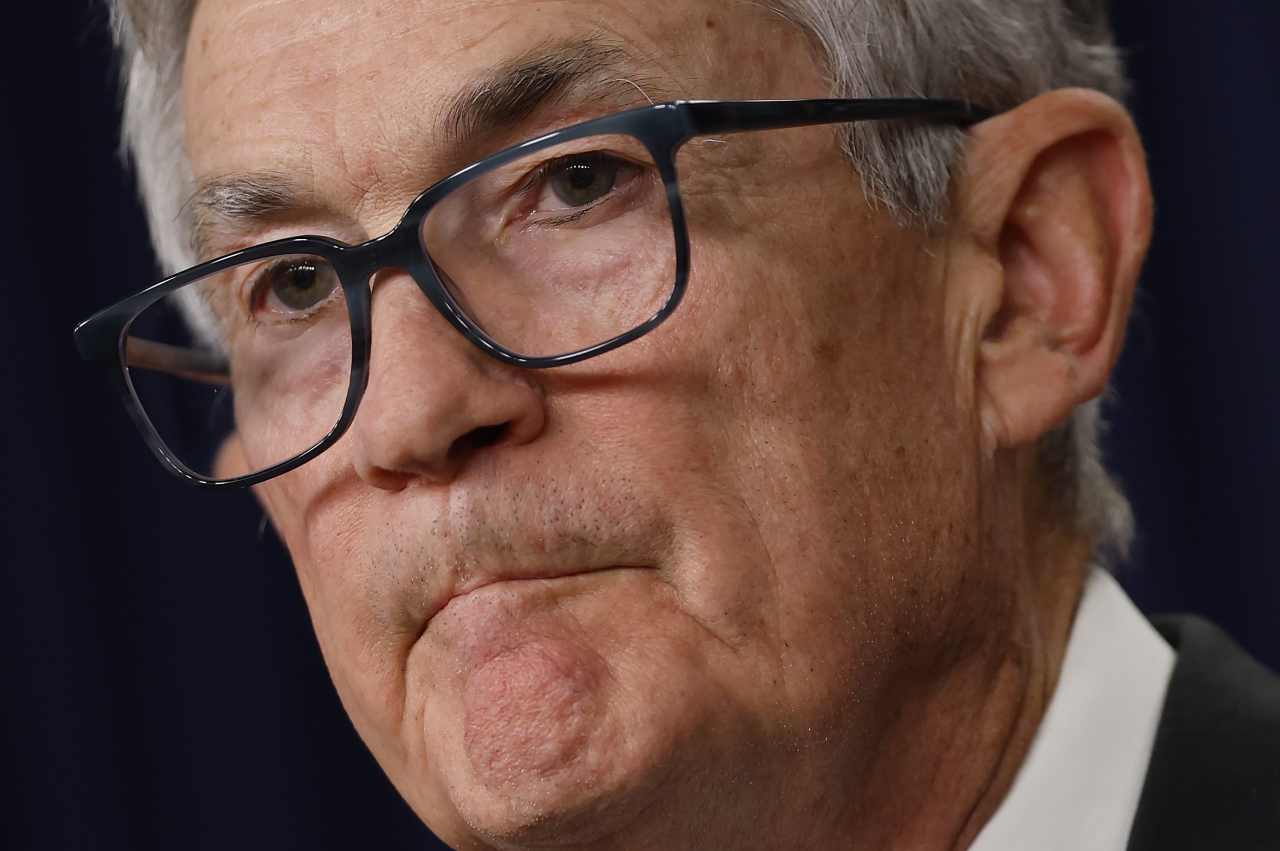

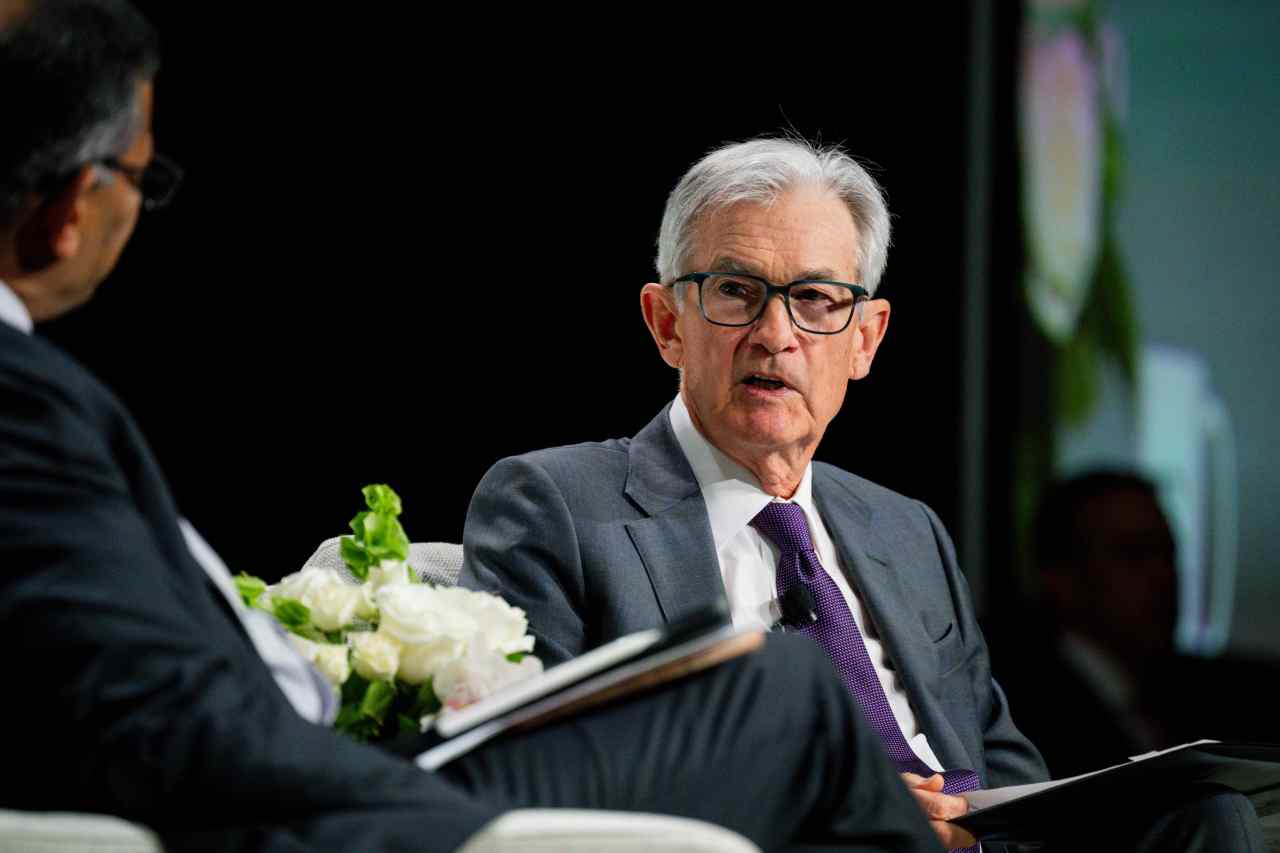
































































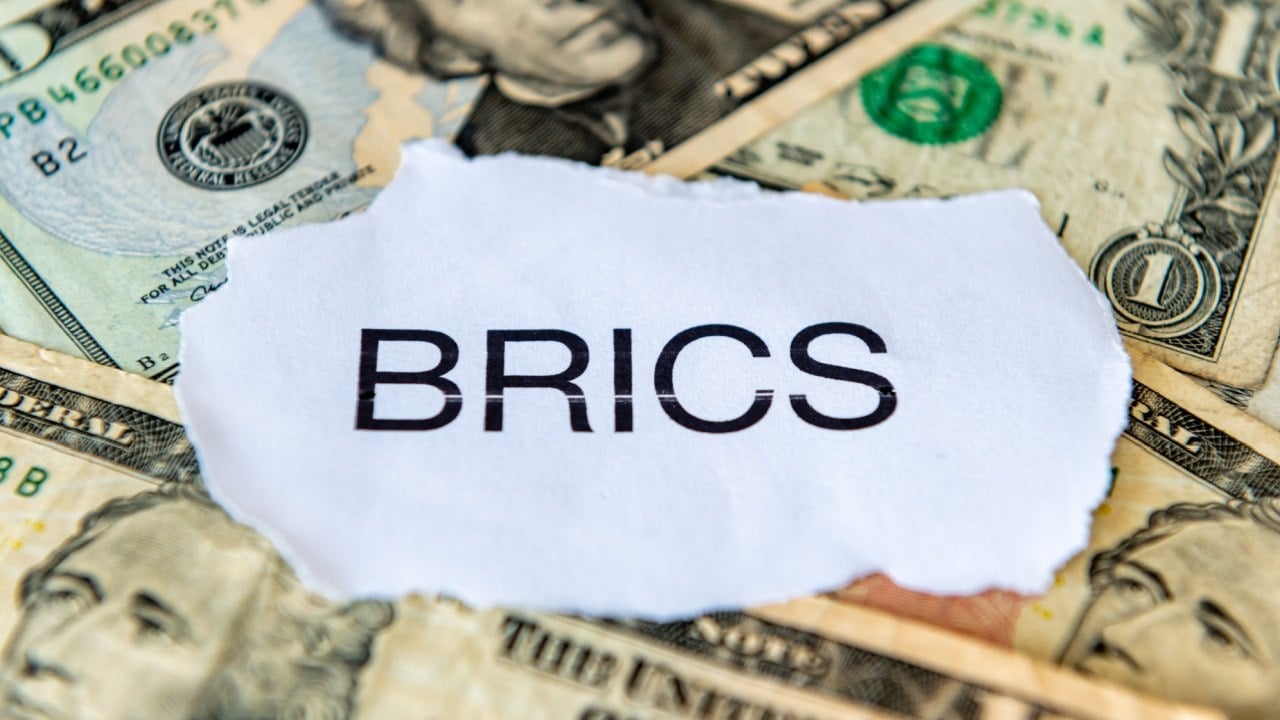


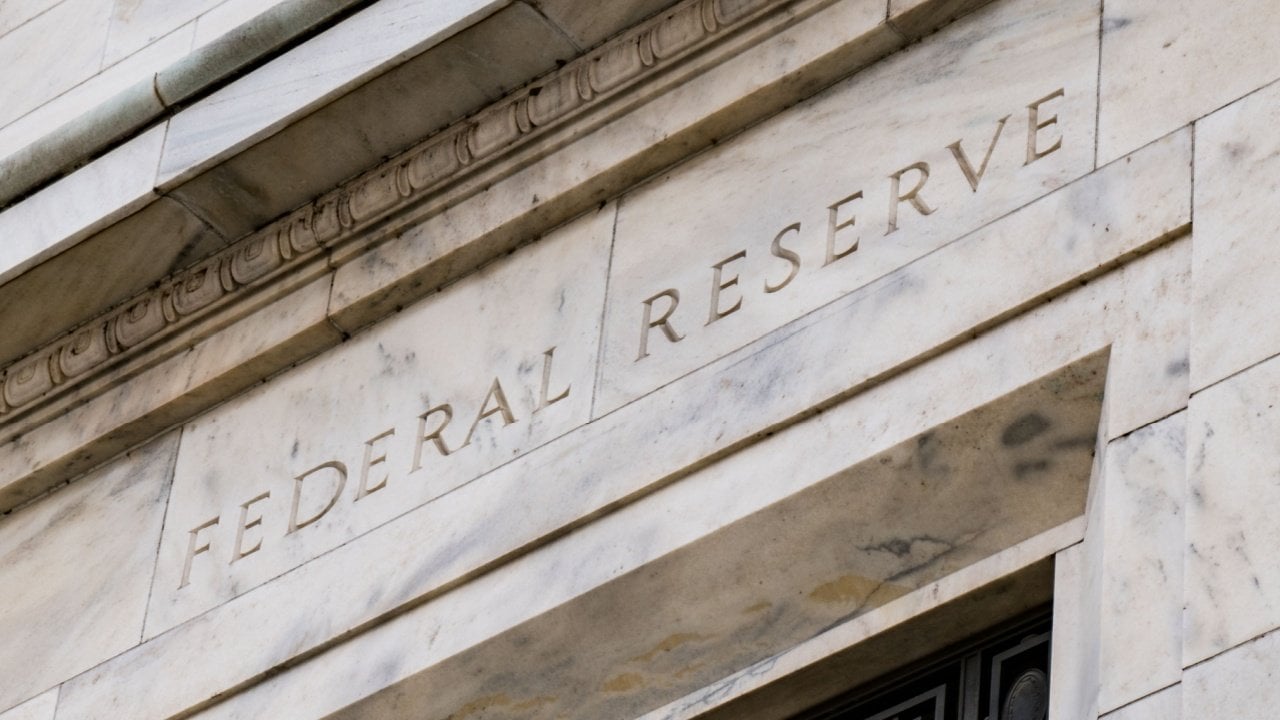

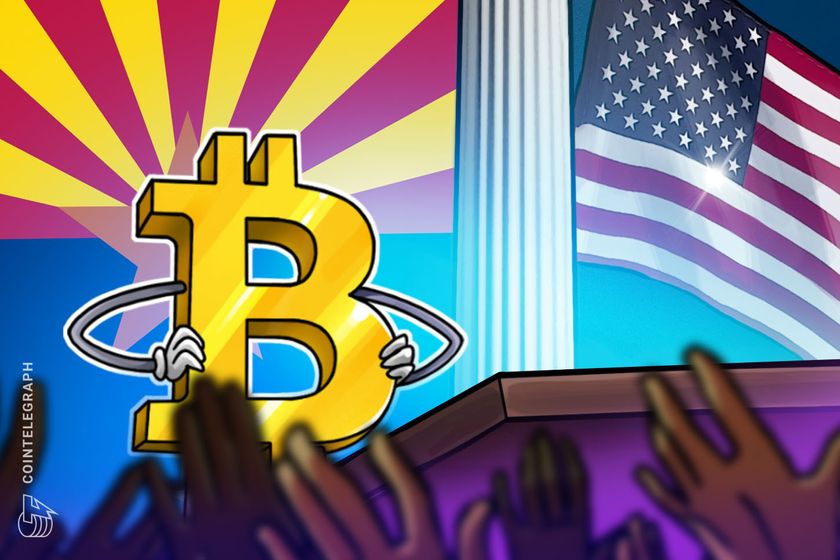




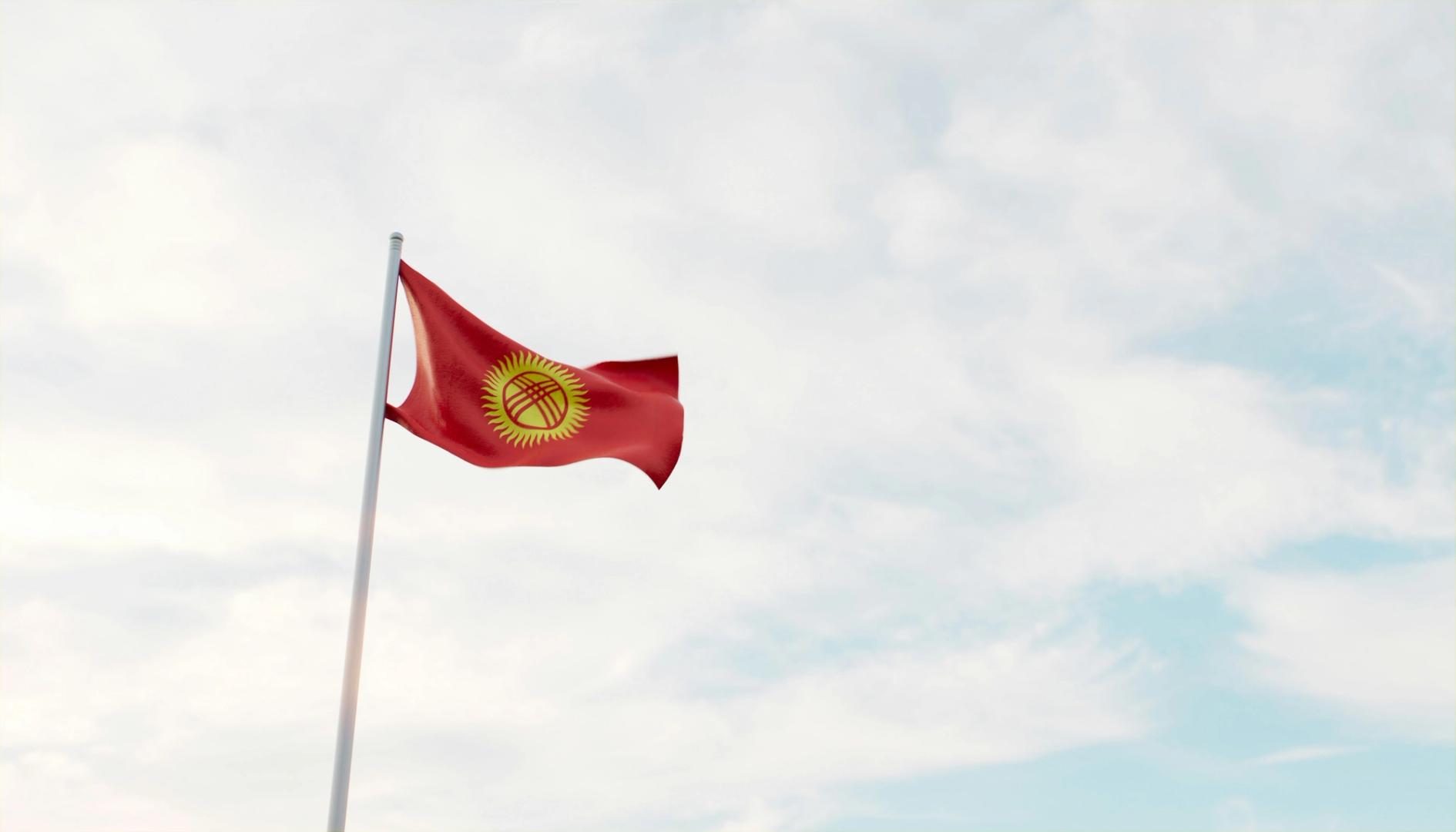






































































![How to Find Low-Competition Keywords with Semrush [Super Easy]](https://static.semrush.com/blog/uploads/media/73/62/7362f16fb9e460b6d58ccc09b4a048b6/how-to-find-low-competition-keywords-sm.png)



